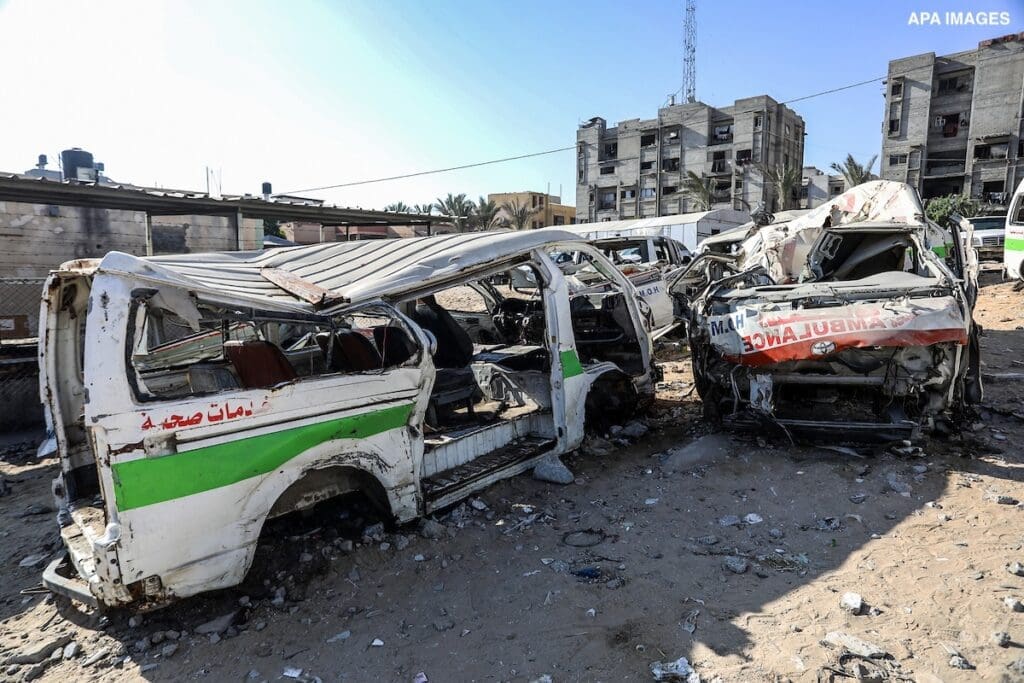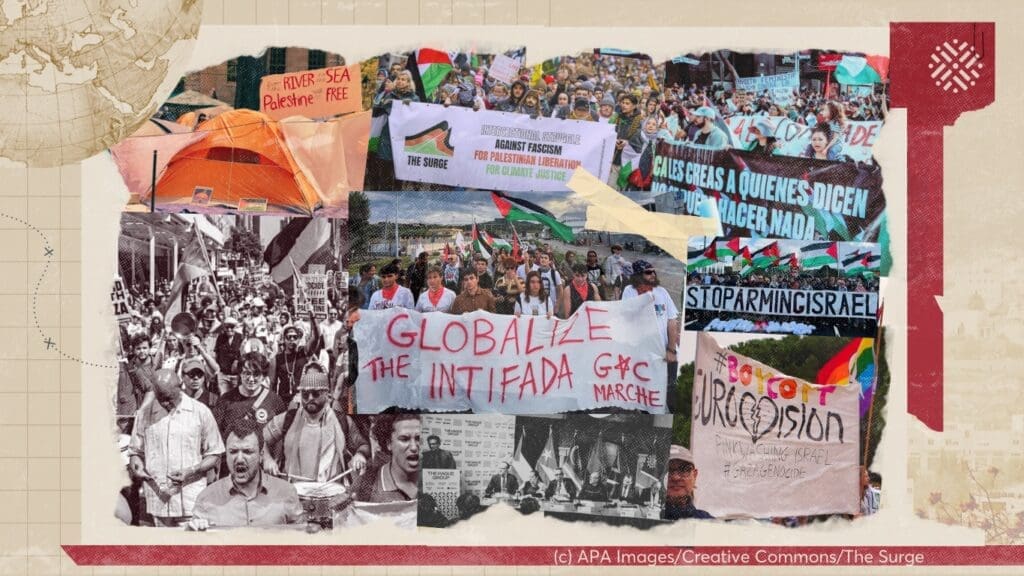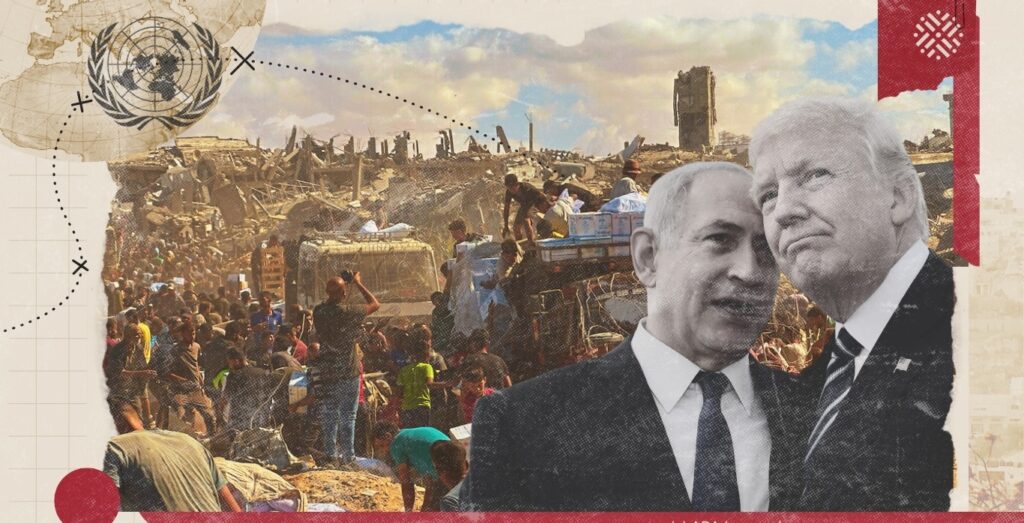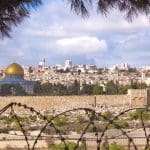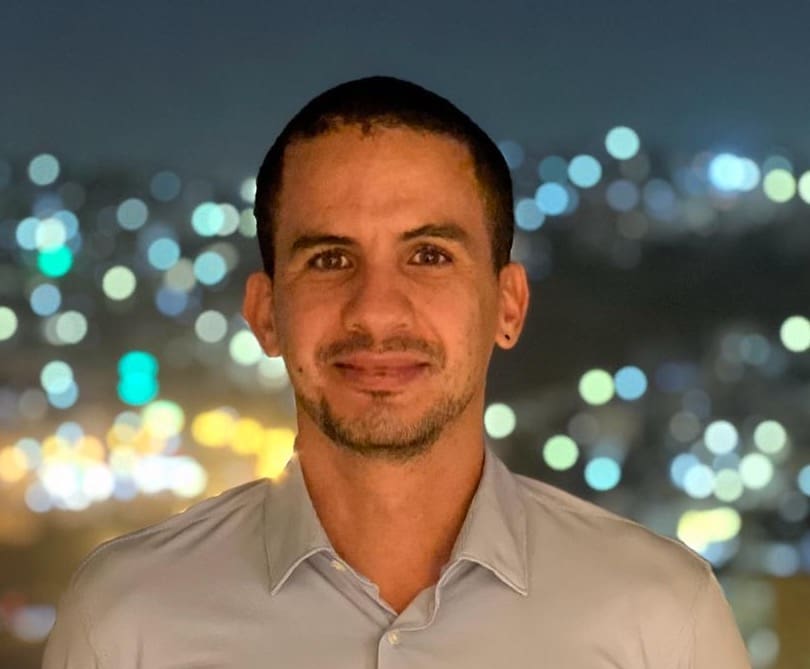
Palestinian leadership is in crisis. As speculation mounts about Mahmoud Abbas’s rule coming to an end, Hussein al-Sheikh continues to assume many of his responsibilities. What are the implications of al-Sheikh’s rise to power for the Palestinian political project and for Palestinians under the PA’s reign? Does it portend a deepening crisis for Palestinians and their leadership, or could it be an opportunity in the fast-changing Palestinian street?
Al-Shabaka policy analysts Leila Farsakh and Ahmad Khalidi join us for a discussion with host Nadim Bawalsa about these unfolding developments in Palestinian leadership.
Nadim Bawalsa is Associate Editor with the Journal of Palestine Studies. From 2020-2023, Nadim served as Al-Shabaka’s commissioning editor. He is a historian of modern...
Al-Shabaka policy analyst, Leila Farsakh, is Associate Professor and Chair of the political science department at the University of Massachusetts Boston. She is the author of Palestinian Labor...
Ahmad Samih Khalidi is Associate Fellow at the Center for Security Policy, Geneva, and Senior Fellow at the Institute of Palestine Studies, Beirut. A Palestinian...

